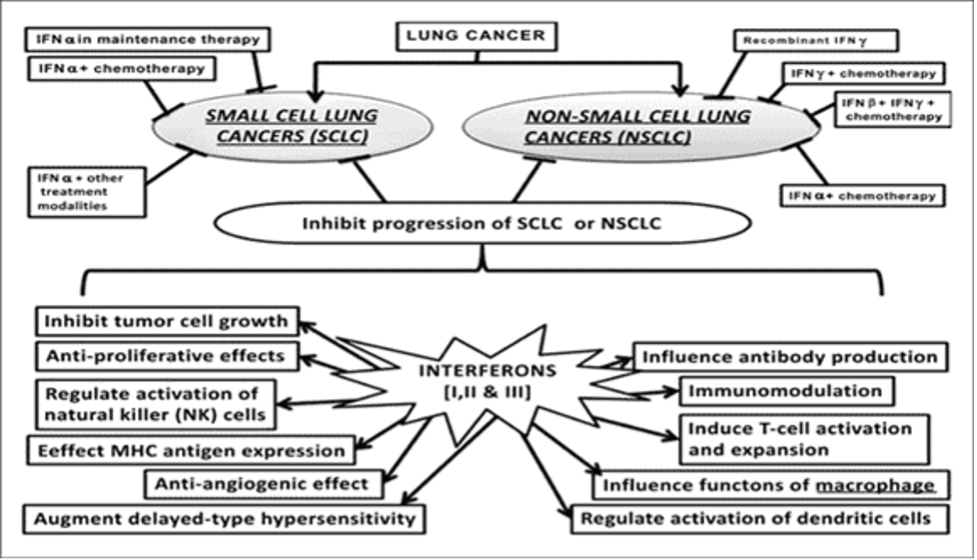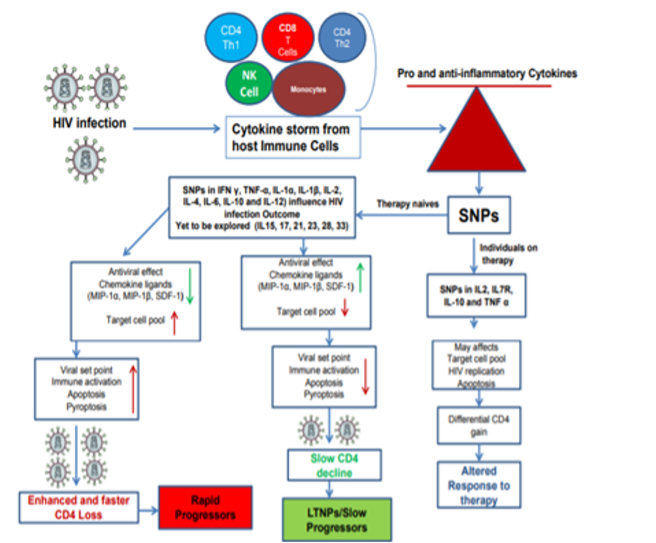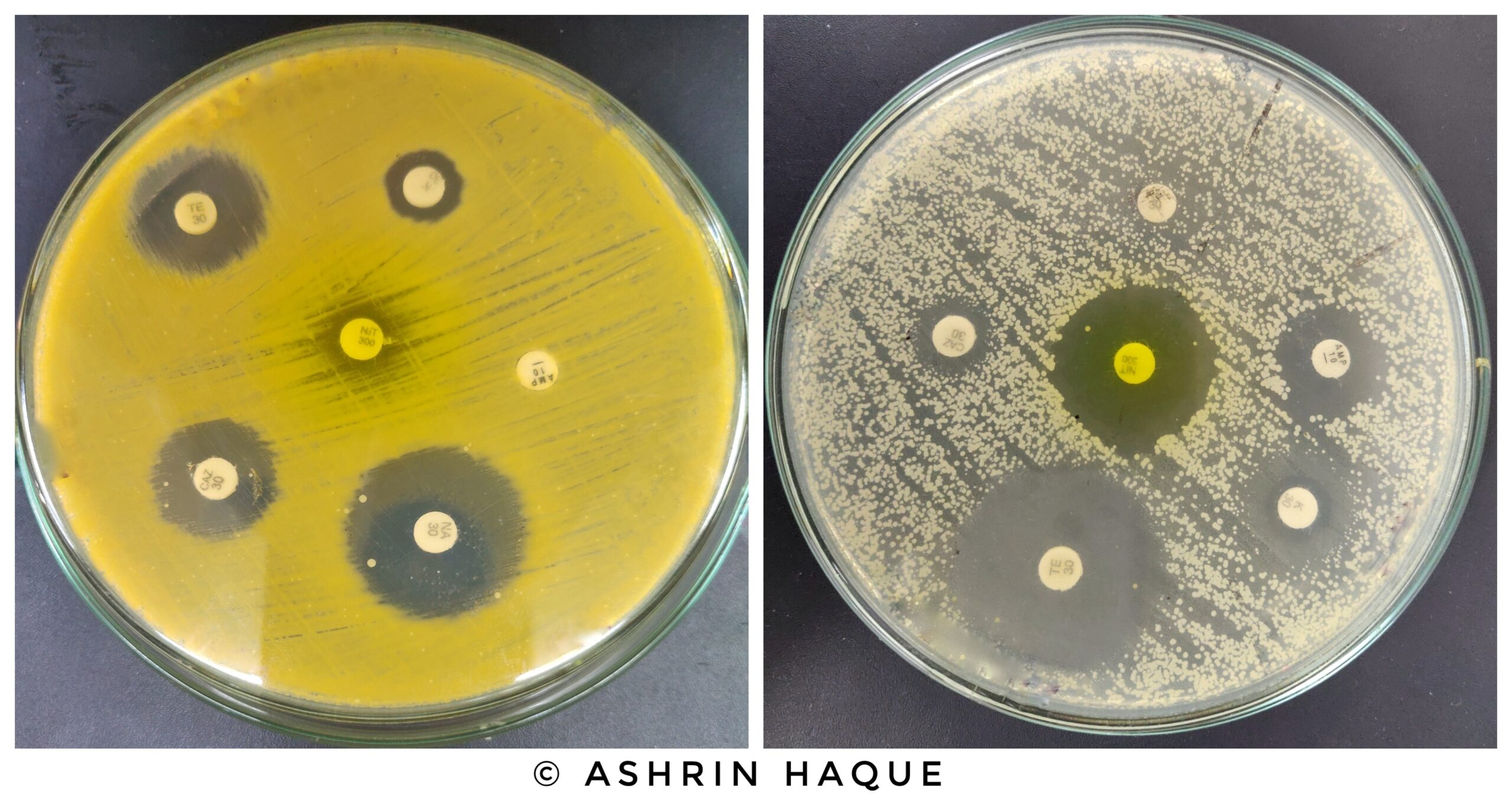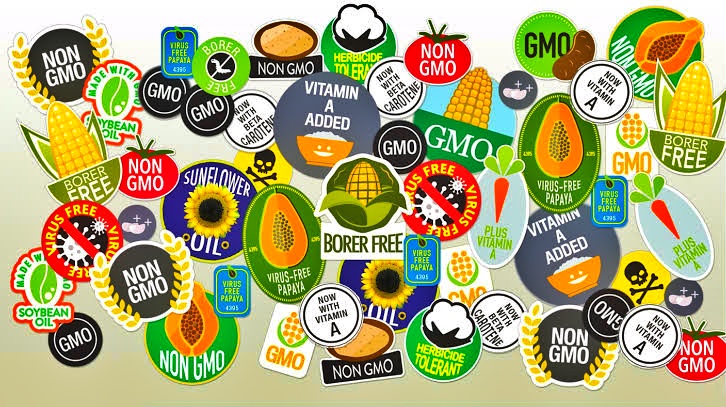Abstract:
This article is all about cytokines that have a wide variety of functions and how they are used in therapeutic purposes in medical processes. Cytokines were first found for their immunomodulatory activities, but now it has been discovered to serve various roles in development, including cell differentiation and directed migration. The discovery of cytokines led to the development of novel drugs that have revolutionized the treatment of a wide range of diseases. Usage of cytokines in some of the vital diseases is already discussed above. In the future, more inventions will occur, and people will get positive effects of cytokine therapy.
Introduction:
A mechanism for lymphocytes, inflammatory cells, and hematopoietic cells to communicate with one another is essential to mount and coordinate an effective immune response. This function is carried out by “CYTOKINES”. Cytokines are a vast group of tiny proteins or glycoproteins that have a wide variety of functions (usually smaller than 30 kDa). Although they were first discovered for their immunomodulatory properties, but now they have been discovered to play other functions in developmental processes, such as cell differentiation and directed migration, which is not related to the immune system. Helper T cells (Th cells) and Macrophages are the two main makers of cytokines, which influence both innate and adaptive immune responses, however, they can be transiently activated and produced by practically any nucleated cell. The high-affinity binding of a cytokine’s receptor expressed on the surface of a target cell causes the cytokine’s downstream effects. This action can be:
- Autocrine (acts on the same cell),
- Paracrine (acts on neighboring cells), or
- Endocrine (acts on distant cells; not typical of cytokine responses).
Intracellular signaling cascades are triggered by receptor contact, resulting in altered gene expression in the target cell and a biological impact. After cytokine stimulation, the target cell undergoes differentiation, proliferation, and activation, all of which can be observed.

Figure: Mode of Action of Cytokine
Source: https://www.immunology.org/sites/default/files/Cytokines-Introduction-Figure-1a.png
During an immune response, numerous cytokines observed in the extracellular conditions might interact in induction ways. They are:
- Pleiotropic- different effects on different types of target cells,
- Redundant- multiple cytokines have the same effect,
- Synergic- cooperative effect of multiple cytokines,
- Antagonistic- inhibition of one cytokines effects by another, and
- Cascade- multiple-step feed-forward mechanism for the amplified production of a particular cytokine.
Because of these relationships, a very modest number of cytokines produced by a single cell type can coordinate the recruitment and activation of an extensive network of immune cells. Cytokines activate cells in a non-antigen-specific manner, therefore they must be managed to avoid harmful responses in the host’s system. The rapid production of cytokines only in response to antigen or powerful inflammatory stimuli, the short half-life of cytokines in extracellular fluids and compartments, and the restricted receptor expression profiles on the surface of both activated and un-activated target cells, as well as other mechanisms, govern cytokine function in healthy persons. Naturally, there are cases where cytokine imbalance leads to pathological illness. The involvement of Tumour Necrosis Factor-alpha (TNF-α) in the development of rheumatoid arthritis is one example; blocking the cytokine’s action by administering a recombinant soluble TNF-α receptor also demonstrates how understanding these molecules may be used for medical purposes.
THERAPEUTIC USAGE OF CYTOKINES:
The discovery of cytokines has resulted in the development of innovative medicines that have transformed the treatment of a variety of ailments. Two very distinct methodologies have resulted in these therapeutic breakthroughs. The delivery of pure, recombinant cytokines is the first therapeutic method. The second relies on the injection of medicines that block the detrimental effects of endogenous cytokines that have been elevated. Hematopoietic growth factors (colony-stimulating factors) and interferons are examples of successful cytokine therapies. Agents that limit the effects of Tumor Necrosis Factors (TNF) are prime examples of cytokine antagonists that have dramatically changed the management of various inflammatory illnesses. Here, some therapeutic usage of cytokines is described.
- Development of first Therapeutic Cytokine:
Robert Gallo, M.D., and Dr. Francis Ruscetti, discovered Interleukin-2 (IL-2) in 1976, which was the first cytokine proved to have therapeutic value. The researchers found that this cytokine could significantly boost the proliferation of T and natural killer (NK) cells, which are critical components of the human immune system. For the first time, researchers were able to produce and analyze T cells in the laboratory, forever transforming the discipline of immunology. The medicine IL-2 was the first cancer immunotherapy to be licensed by the FDA in the United States, and it is still used in clinical settings to treat metastatic melanoma and renal cancer. In 2004, researchers led by Dr. Steven Rosenberg, used a high dose of the medicine to successfully cure multiple patients with advanced metastatic renal cell carcinoma and melanoma. Researchers at the CCR (Centre for Cancer Research) are presently looking at whether mixing IL-2 with other cytokines will help patients with these cancers. One cytokine, IL-2, was co-discovered in CCR by Thomas Waldmann, M.D., and his team in 1994; it triggers the production of immune cells that attack and kill cancer cells. Interleukin-7 (IL-7) is a master regulator of T-cell homeostasis or equilibrium; it drives regeneration of T cells critical to the immune system but depleted during chemotherapy. Studies investigating the potential for Interleukin-15 (IL-15) to enhance the effectiveness of vaccines against viruses that cause cancer and autoimmune diseases are underway. (CCR Landmarks)

Figure: Success of CCR researchers in developing therapeutic cytokines
Source: https://ccr.cancer.gov/sites/default/files/landmarks-timeline-pdf-img.png
- Usage of Cytokines inhibiting Influenza A virus:
The soluble factors Interferons alpha, beta, and gamma (IFN) were discovered to be capable of inhibiting influenza A virus infection of chick chorioallantoic membranes. IFNs express their biologic features after attaching to certain high-affinity cell membrane receptors, even though the mechanism(s) of action are unknown. Several clinical trials have questioned the therapeutic benefits of IFNs in the treatment of solid tumors and hematological malignancies to date. These findings have paved the way for the use of these antibodies in combination with traditional anti-cancer treatments, as well as alternative treatments including immunotherapy. (Kardamakis, 1991)
- Usage of Cytokines in Lung Cancer Treatment:
The most difficult aspect of developing anti-cancer medications is ensuring that they only target and destroy cancer cells while causing no harm to normal body cells. Interferons (IFNs) are chemical messengers that are naturally produced by our body cells in response to pathological compromise. These chemical messengers make nearby normal cells resistant to infection. Interferons regulate angiogenesis and have immunomodulatory properties, making them an excellent cancer treatment option. Interferon supplementation or its usage in combination with other anticancer medications is being considered and researched all over the world, with some encouraging outcomes. In humans, interferons have been demonstrated to be helpful in both decreasing tumor growth and stimulating the anti-tumor immune response. Interferon therapy is useful in the treatment of different cancers, including lung cancer. Lung cancer is one of the most challenging tumors to treat clinically since it is usually asymptomatic until it has spread. Lung cancer has largely been categorized as small cell lung cancer and non-small cell lung cancer based on the appearance of pulmonary cancer cells under a microscope. Even in advanced stages of lung cancer, interferons have been demonstrated to be helpful. IFN & (type I IFN) have been extensively tested in various experimental models and clinical cases of lung cancer and have been found to be effective, whereas other types and subtypes of interferon, such as IFN gamma, have also been tested in several cases of lung cancer and have yielded mixed results. ( Ghosh and Parida, 2016)

Figure: Uses of Interferon in Lung Cancer
Source: https://www.eurekaselect.com/images/graphical-abstract/cctr/12/4/big-002.gif
- Usage of Cytokines in HIV Disease:
Cytokines play a role in the pathogenesis of HIV infection and the evolution of HIV disease; their levels vary depending on the stage of the disease. Several hypotheses have been presented to explain the drop in CD4+ T cell count, but systemic chronic immunological activation is now thought to be the most important factor in the development of AIDS. A delicate balance of proinflammatory and anti-inflammatory cytokines is crucial for systemic immune activation and, as a result, HIV disease progression. trials and anti-TNF-α therapy is proposed for HIV therapy as well. Monitoring their levels during HIV disease progression could be crucial for the management of the disease. Previous research has provided a compelling link between variations in the cytokine genes that have very subtle, but significant consequences on protein expression and hence altered CD4 count loss, thereby affecting HIV disease progression as well as response to therapy. (Singh and Arora, 2015)

Figure: Uses of Cytokine in HIV
- Usage of Cytokines in Breast Cancer:
The understanding of the involvement of cytokines in breast cancer has progressed significantly in recent decades. Within tumor microenvironments and metastatic sites, researchers discovered new signaling pathways for the interleukin (IL)-1 family, IL-6, IL-11, IL-18, interferons (IFNs), and interferon regulatory factors 1 (IRF-1) and 2 (IRF-2). Some cytokines drive breast cancer growth and/or invasion (IL-1, IL-6, IL-11, TGF-beta), while others (IL-12, IL-18, IFNs) suppress it. High circulating levels of some cytokines appear to be positive (soluble IL-2R) prognostic markers, whereas others appear to be unfavorable (IL-1beta, IL-6, IL-8, IL-10, IL-18, gp130). IL-2, IFN-alpha, and TNF-alpha have all been implicated thus far. Similarly, large circulation levels of some cytokines appear to be beneficial (soluble IL-2R), while others appear to be detrimental (IL-1beta, IL-6, IL-8, IL-10, IL-18, gp130). IL-2, IFN-alpha, IFN-beta, and infrequently IFN-gamma, IL-6, and IL-12 have been employed as anti-tumor cytokines in metastatic breast cancer to induce or improve hormone sensitivity and/or activate cellular immunity. Most trials yielded negative results; however, two long-term pilot studies suggest that, when used appropriately, IL-2 and IFN-beta can improve clinical benefit and overall survival in patients with minimal residual disease after chemotherapy or disseminated disease controlled by conventional endocrine therapy ( Nicolini and Rossi, 2006).
Conclusion:
To develop and coordinate an effective immune response, a way for lymphocytes, inflammatory cells, and hematopoietic cells to communicate with one another is required, and “CYTOKINES” perform all of these activities. They were first discovered for their immunomodulatory properties, but they’ve now been discovered to play a variety of developmental roles, including cell differentiation and directed migration. The discovery of cytokines resulted in the creation of innovative medications that have transformed the treatment of a variety of ailments. The use of cytokines in the treatment of some of the most serious diseases has already been discussed. More inventions will be made in the future, and people will benefit from cytokine therapy.
REFERENCES:
- CCR landmarks | Center for cancer research. (n.d.). https://ccr.cancer.gov/news/landmarks/flippingbook
- Kardamakis. (n.d.). Interferons in the treatment of malignancies. In vivo (Athens, Greece). https://pubmed.ncbi.nlm.nih.gov/1810444/.
- Ghosh, D., & Parida, P. (2017). Interferon therapy in lung cancer: Current perspectives. Current Cancer Therapy Reviews, 12(4), 237–245. https://doi.org/10.2174/1573394713666170316124158
- Nicolini, A., Carpi, A., & Rossi, G. (2006). Cytokines in breast cancer. Cytokine & Growth Factor Reviews, 17(5), 325–337. https://doi.org/10.1016/j.cytogfr.2006.07.002
- Singh, S., Arora SK (2015). Impact of cytokine gene polymorphism on the hiv-1 disease progression and response to therapy. Journal of AIDS & Clinical Research, 06(10), 1–8. https://doi.org/10.4172/2155-6113.1000506
- Testar, J. (n.d.). Cytokines: Introduction. British Society for Immunology. https://www.immunology.org/public-information/bitesized-immunology/receptors-and-molecules/cytokines-introduction.
- Vilček, J., & Feldmann, M. (2004). Historical review: Cytokines as Therapeutics and targets of therapeutics. Trends in Pharmacological Sciences, 25(4), 201–209. https://doi.org/10.1016/j.tips.2004.02.011
“Since the article has been written to reflect the actual views and capabilities of the author(s), they are not revised for content and only lightly edited to be confirmed with the Learn life sciences style guidelines.”











A well-written & thoroughly reasearched article. It is very informative about a topic that I am keen to know more about. I hope I will your see your writings more in the future.
Thank you so much. I’ll try my best to write more.
Wonderful website. A lot of useful information here. I¦m sending it to several buddies ans also sharing in delicious. And naturally, thanks for your sweat!
A lot of thanks for all of your labor on this web page. Debby really likes participating in investigations and it is easy to understand why. Many of us learn all about the compelling manner you give very useful guidelines by means of the website and even inspire participation from others on this matter then our simple princess is really starting to learn a great deal. Have fun with the remaining portion of the year. You have been performing a fantastic job.
Thanks for any other wonderful article. The place else may just anyone get that kind of information in such a perfect means of writing? I’ve a presentation subsequent week, and I am on the look for such information.
As I website owner I conceive the content material here is rattling wonderful, thanks for your efforts.
wow, awesome article post.Really looking forward to read more. Cool.
I must thank you for the efforts you have put in writing this blog. Im hoping to check out the same high-grade blog posts from you in the future as well. In fact, your creative writing abilities has encouraged me to get my own, personal site now 😉
Thank you everyone for encouragement and kind words. It is my pleasure that all of you liked my writing and give your precious time to read it. I’ll try my best to publish more.
Thanks for sharing. I read many of your blog posts, cool, your blog is very good.
Your article helped me a lot, is there any more related content? Thanks!